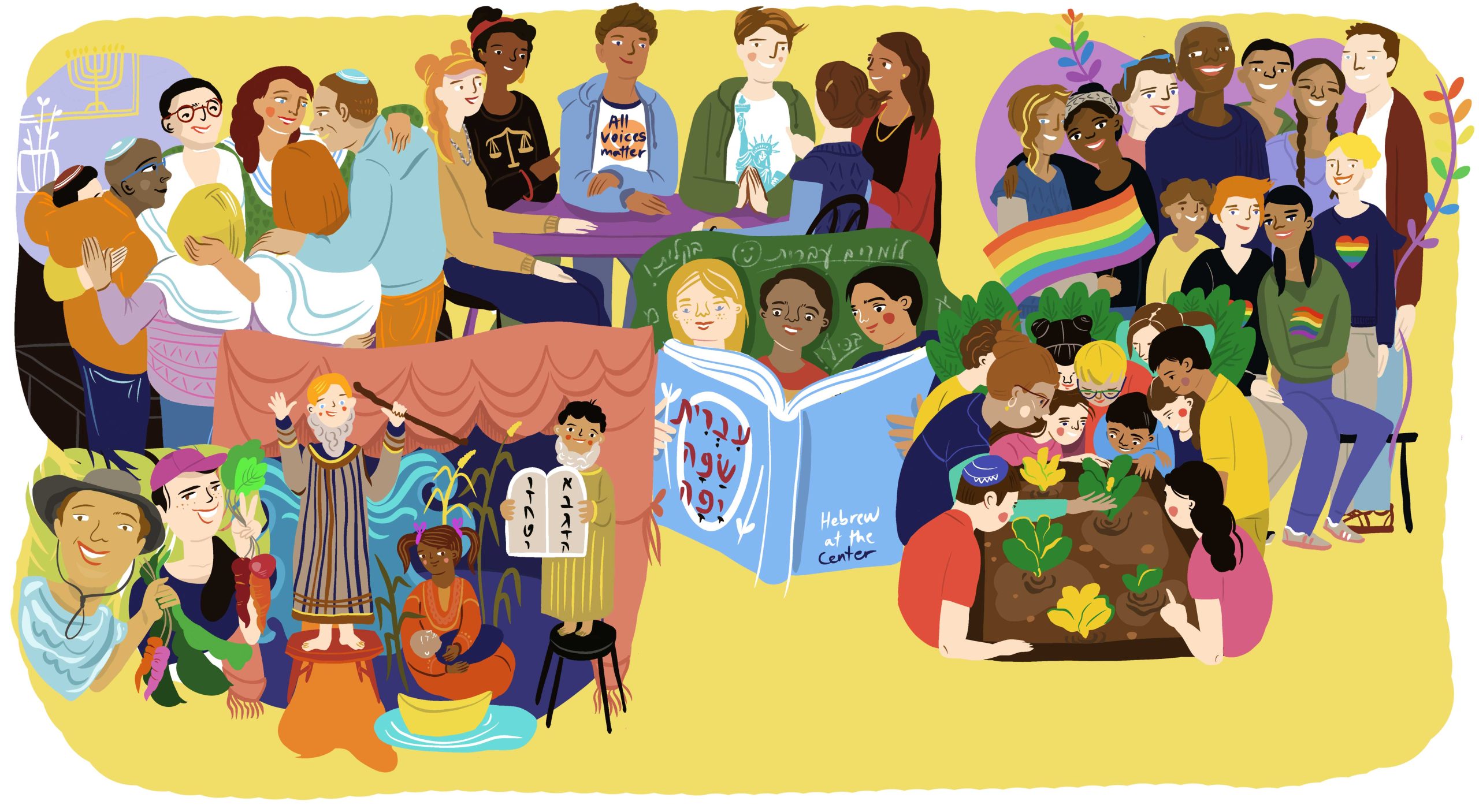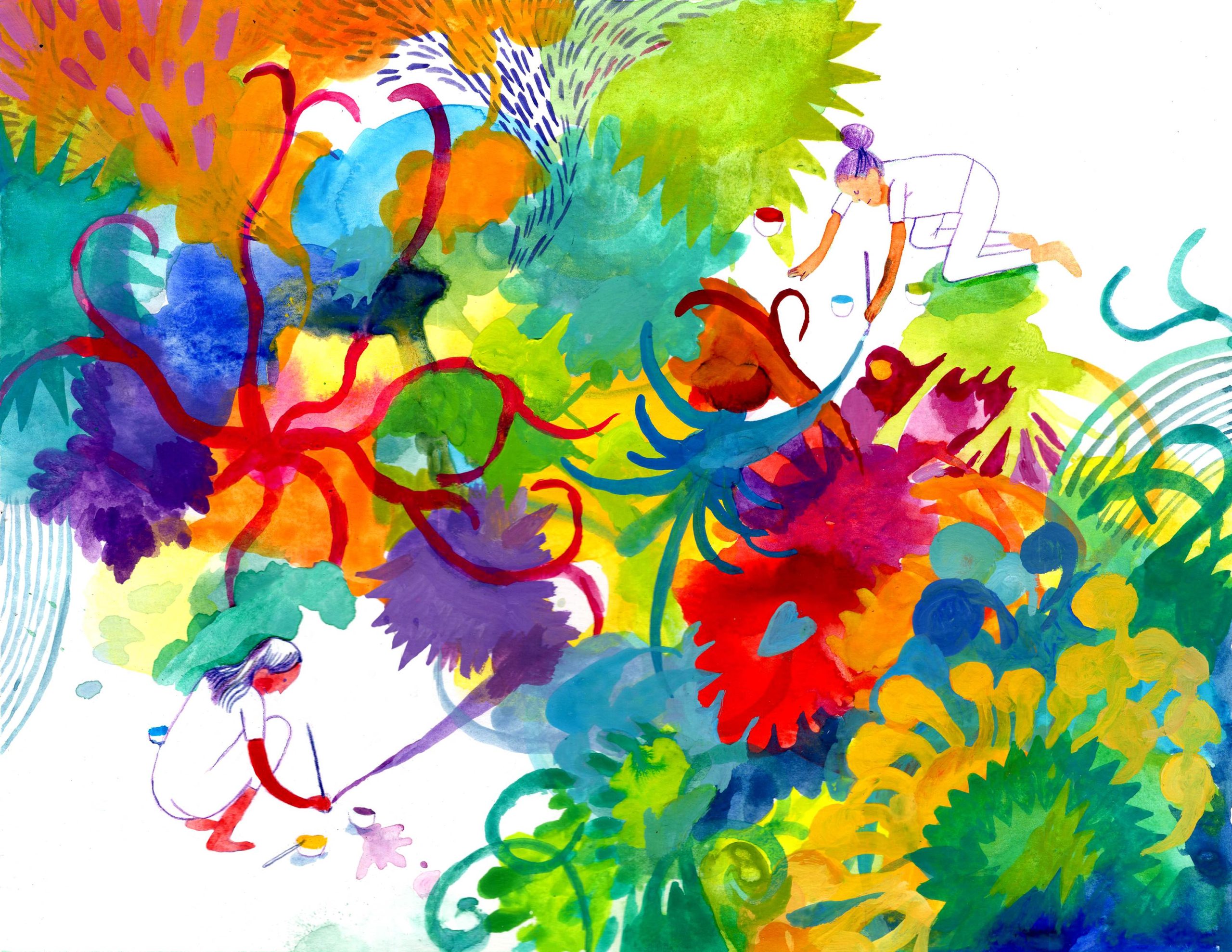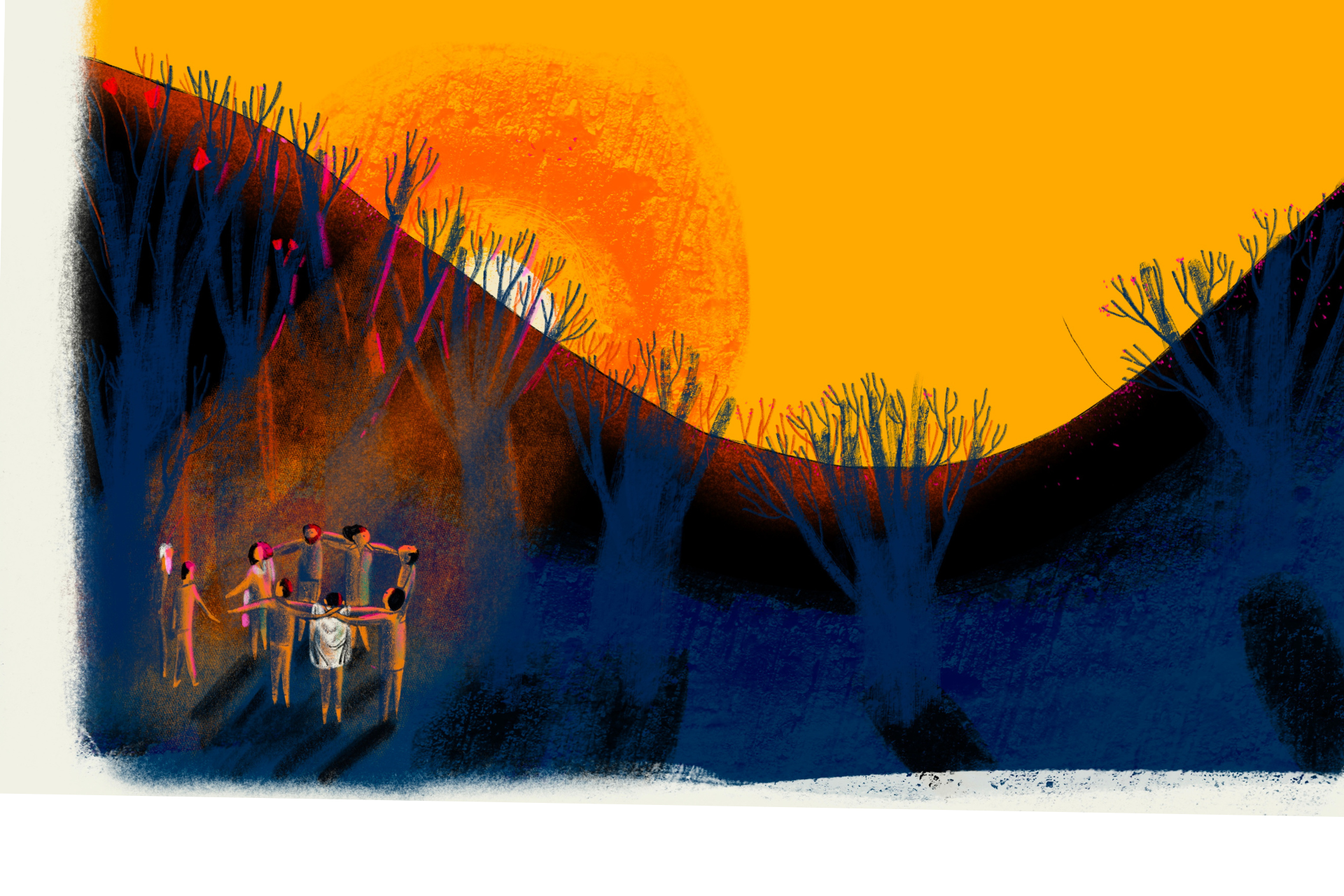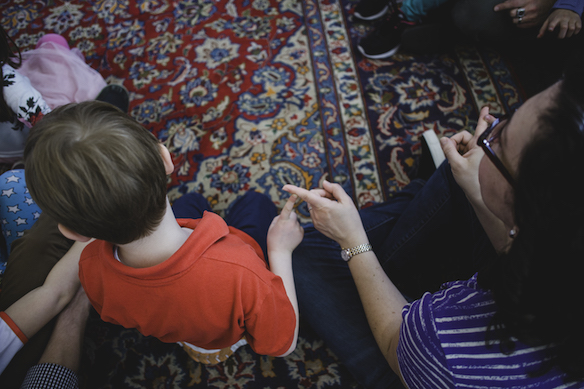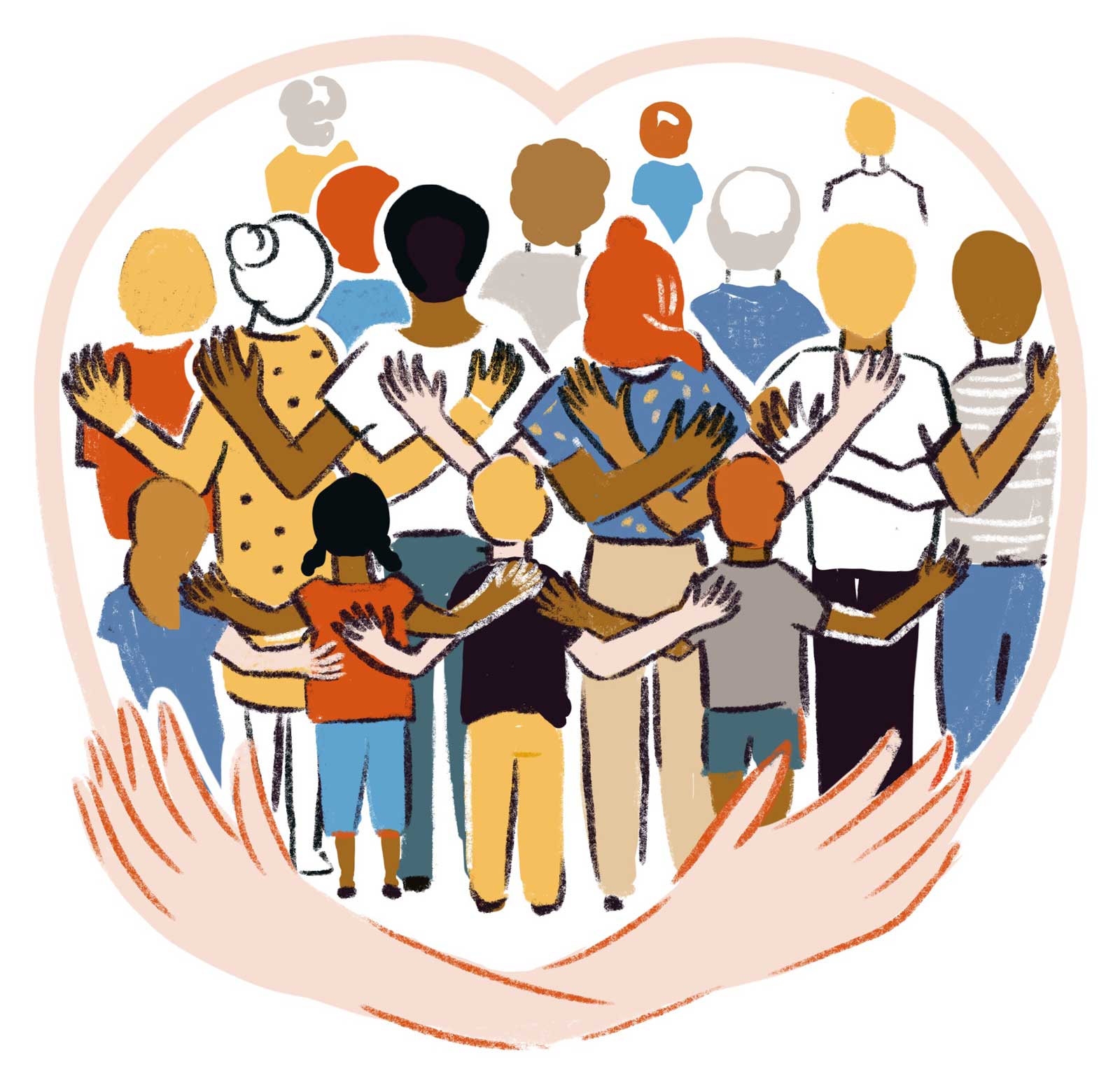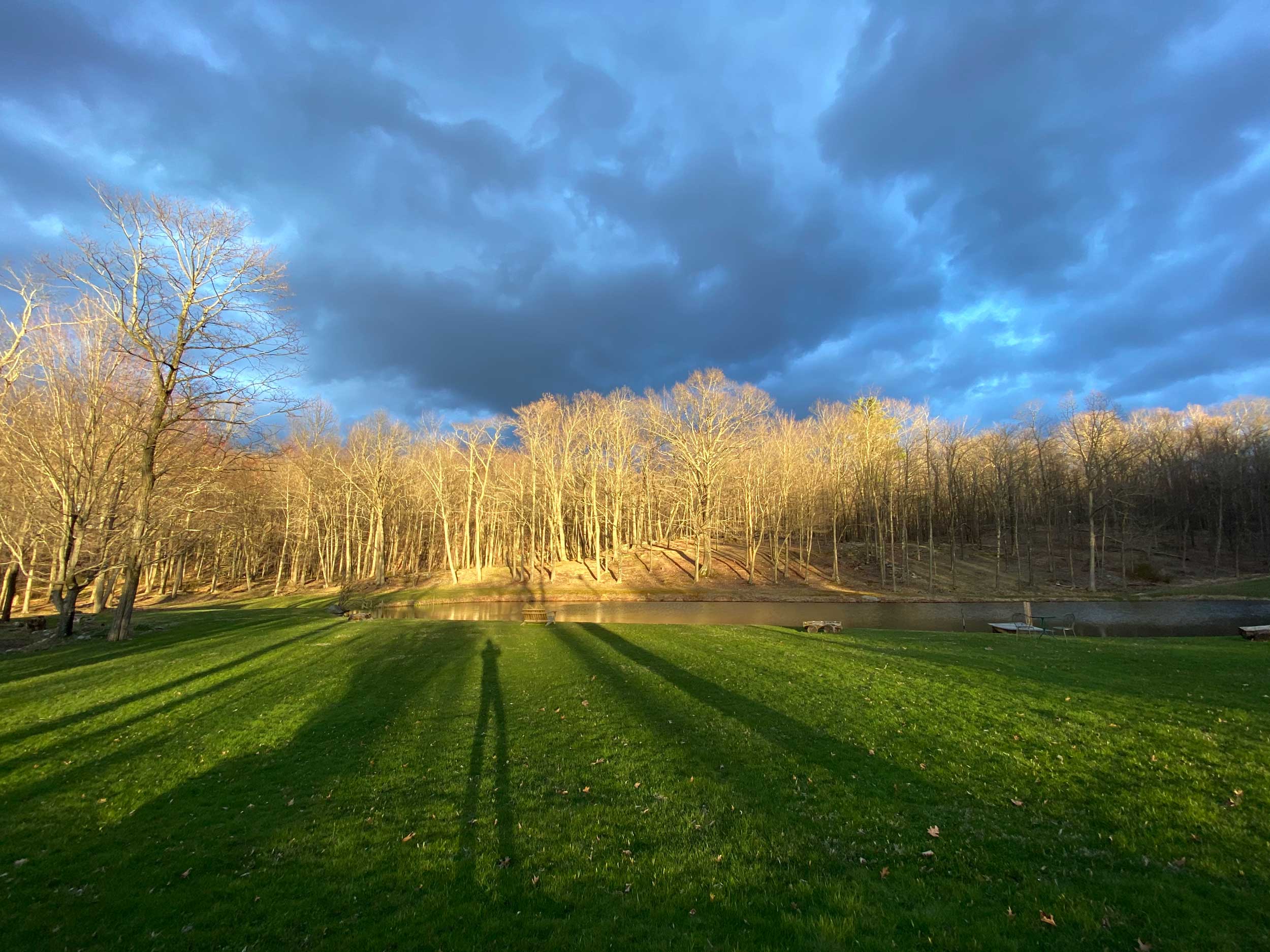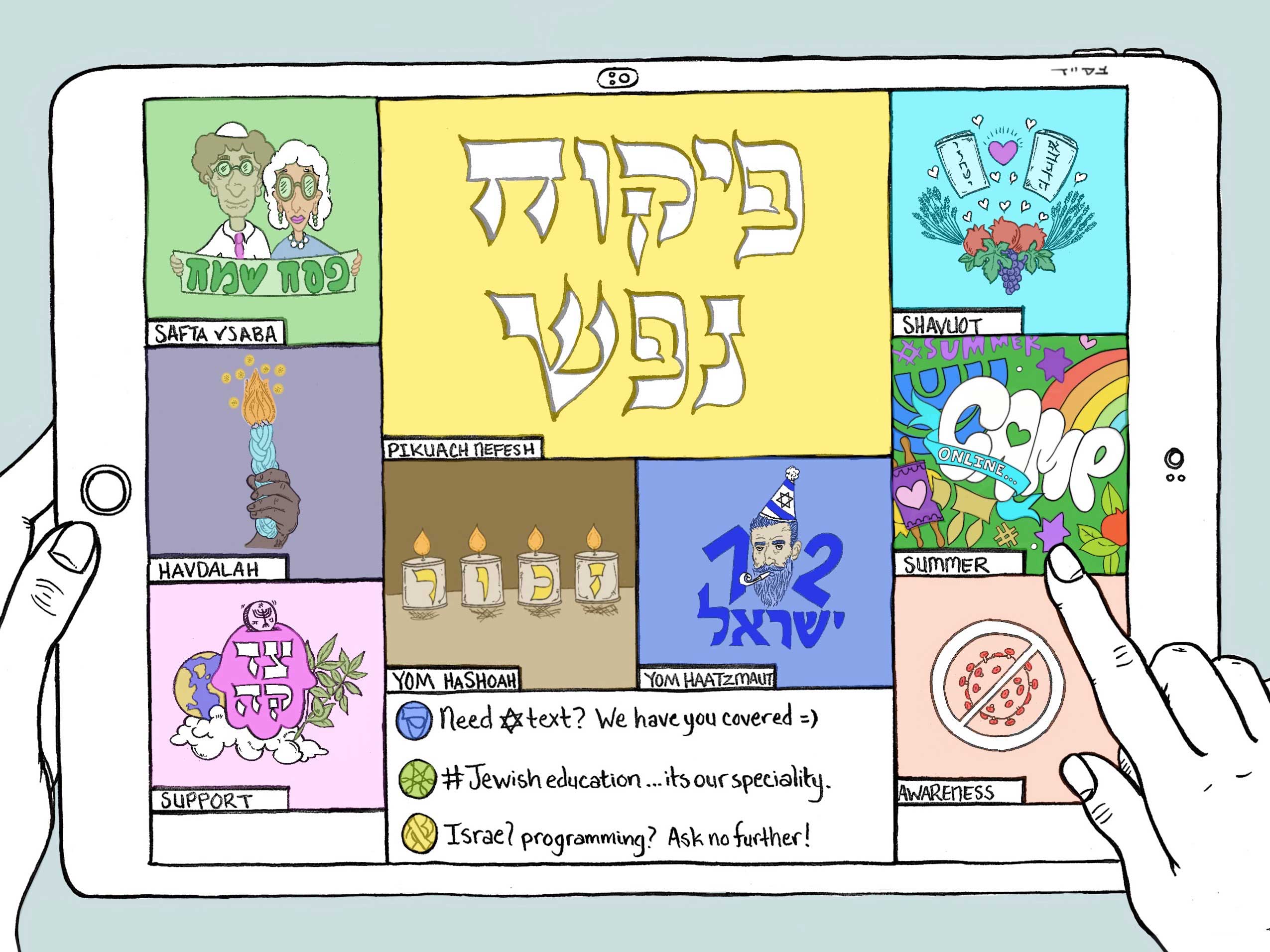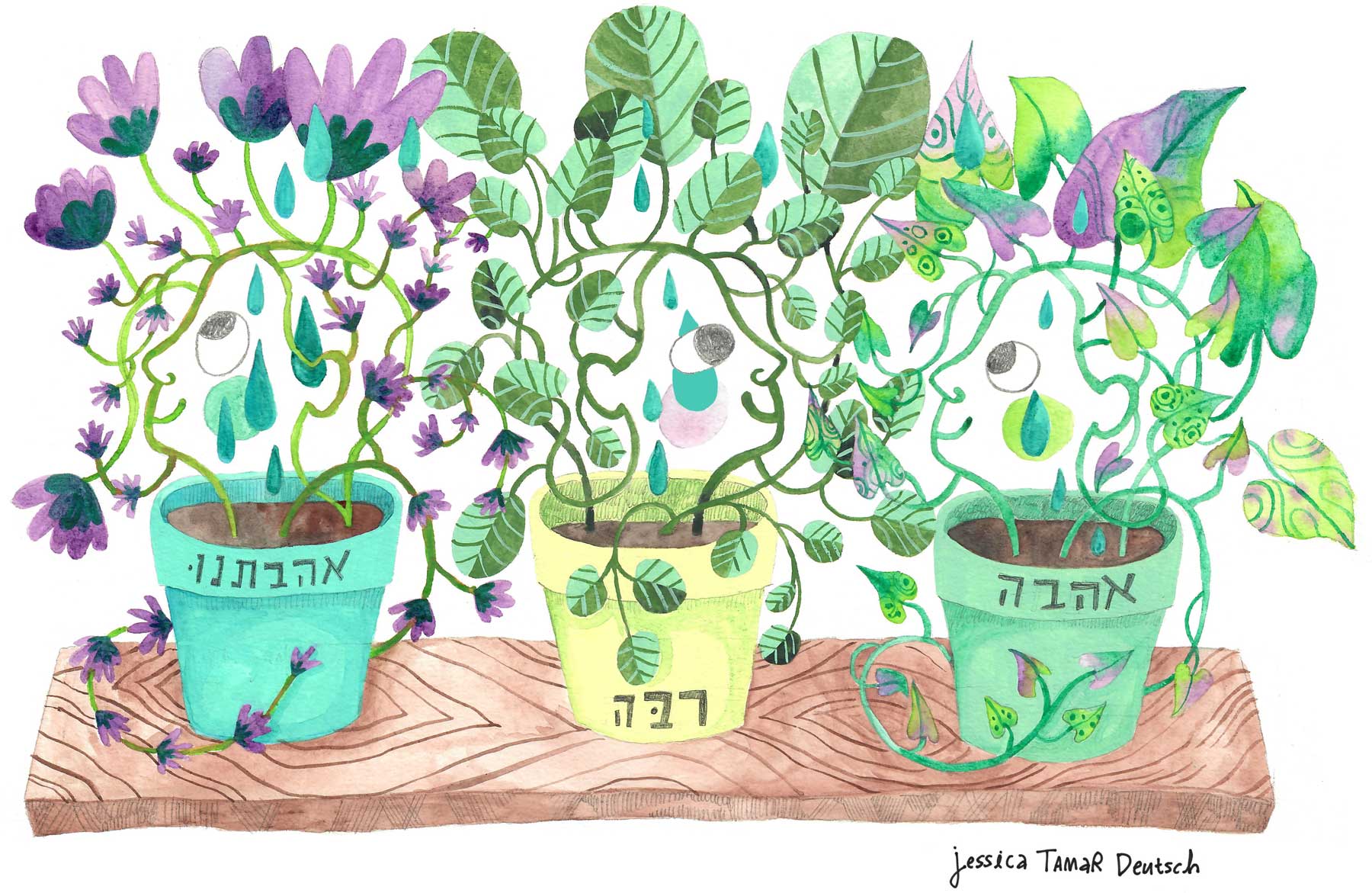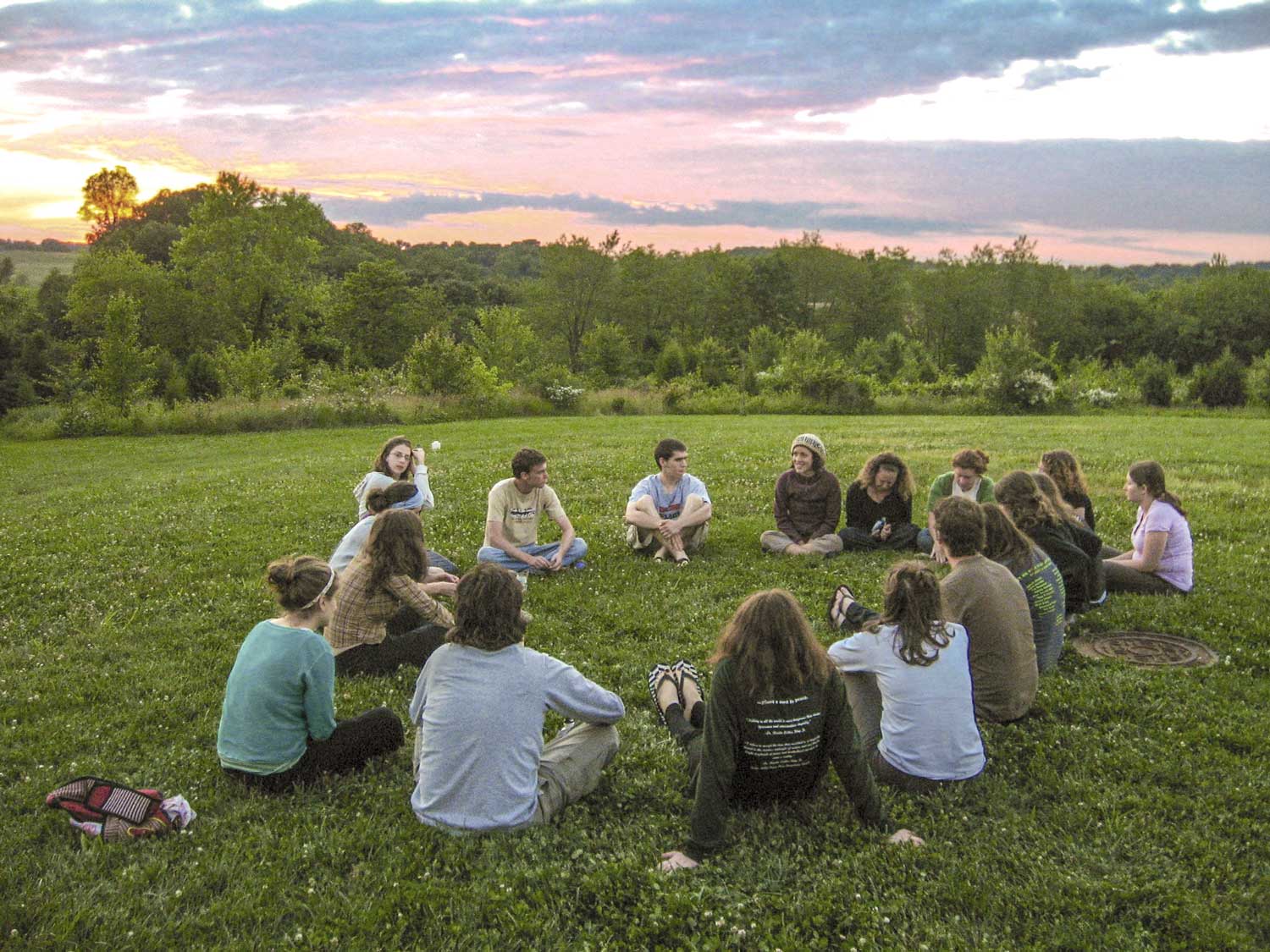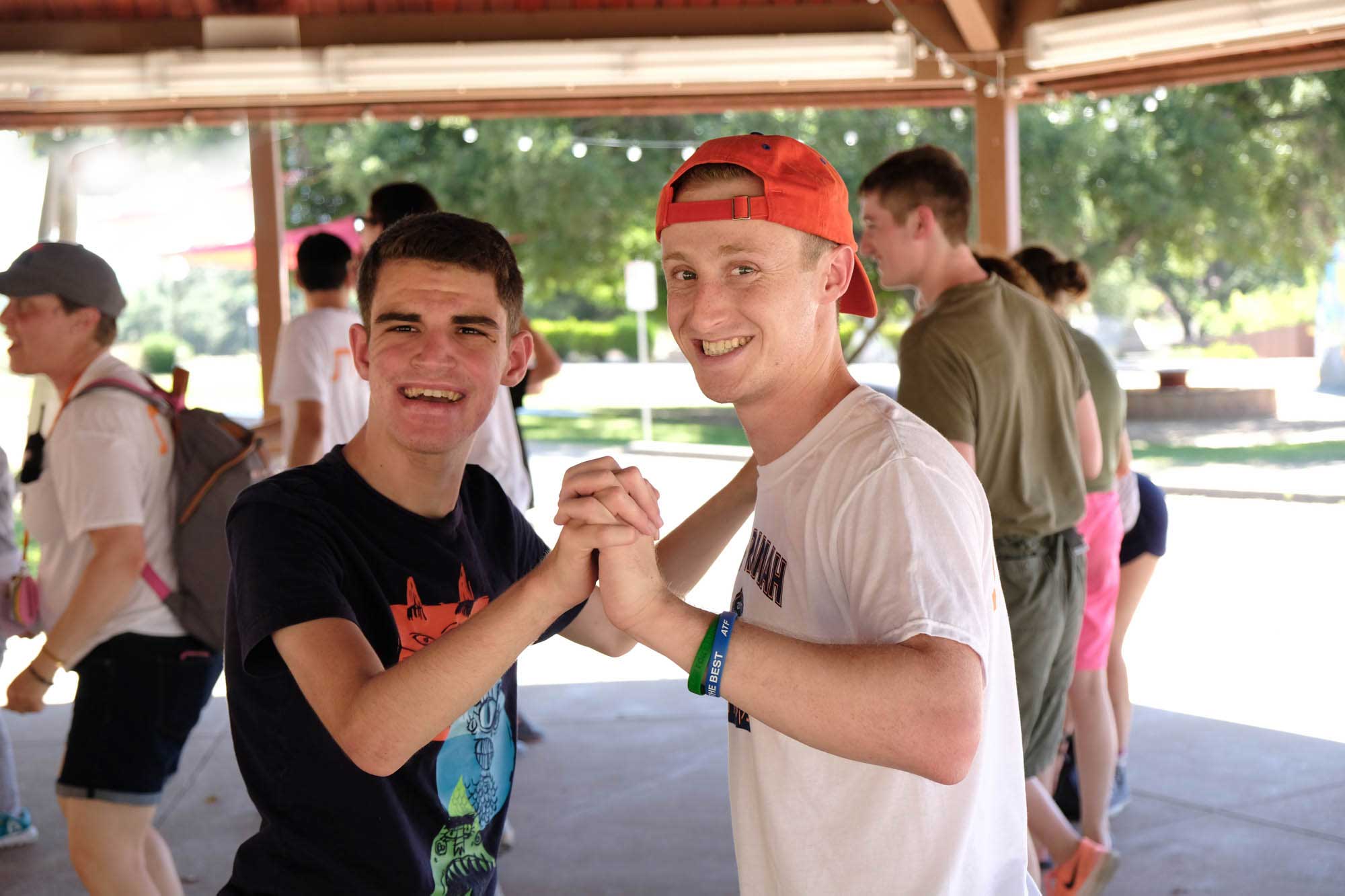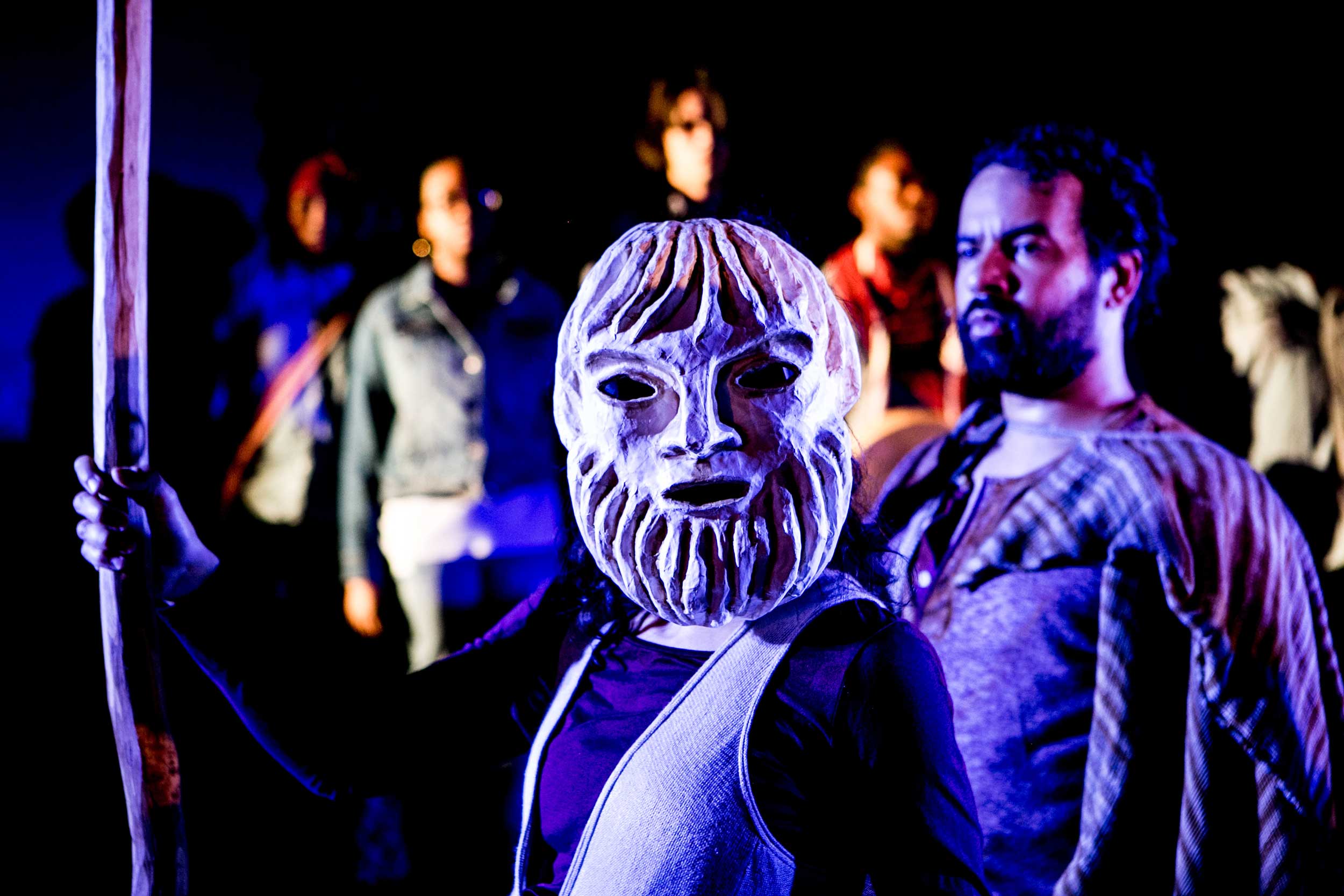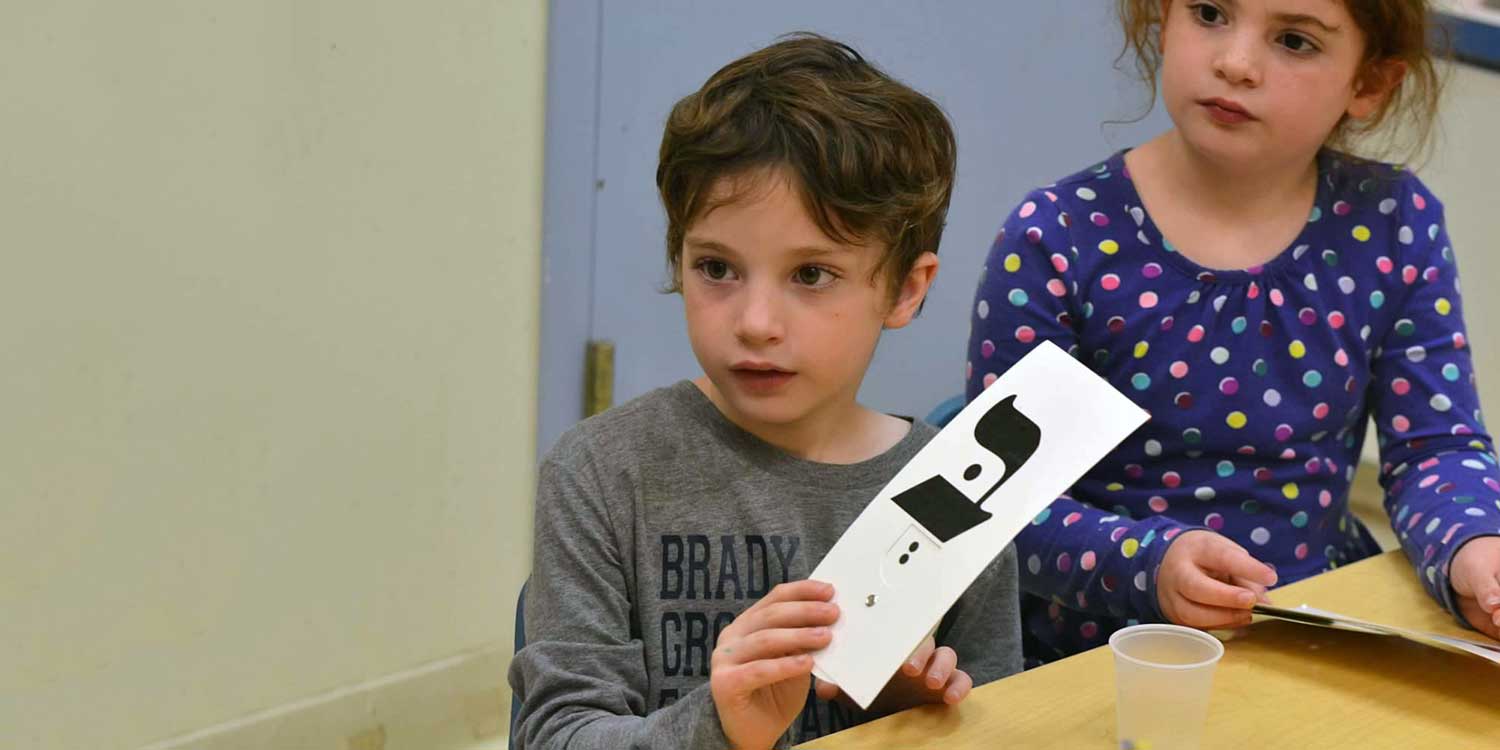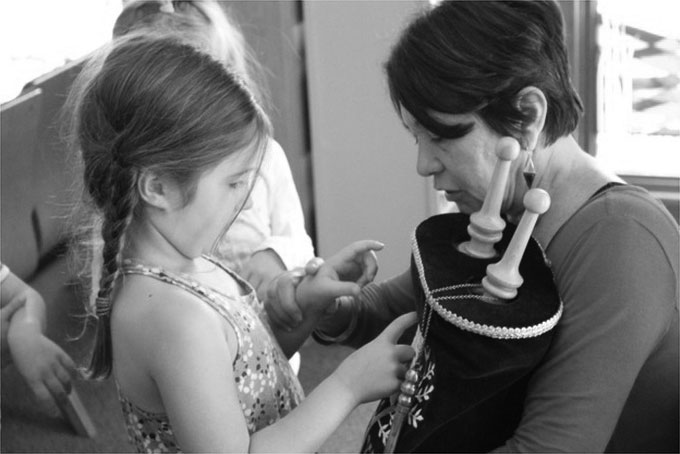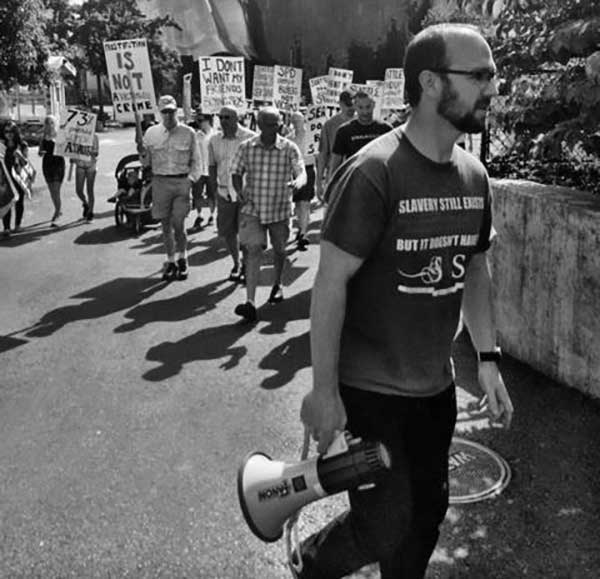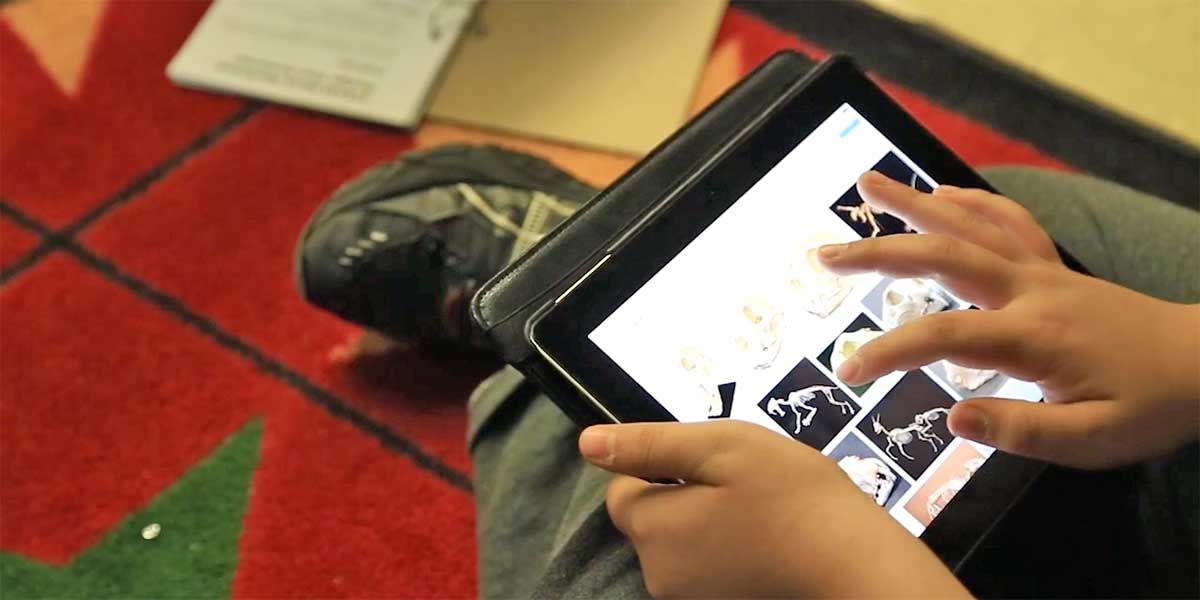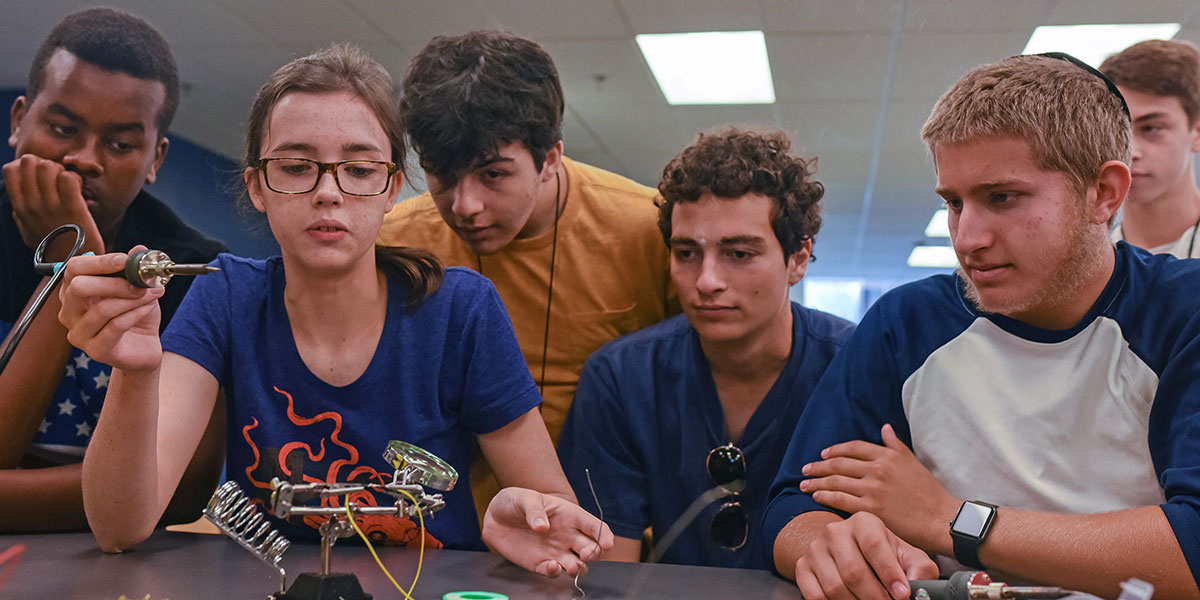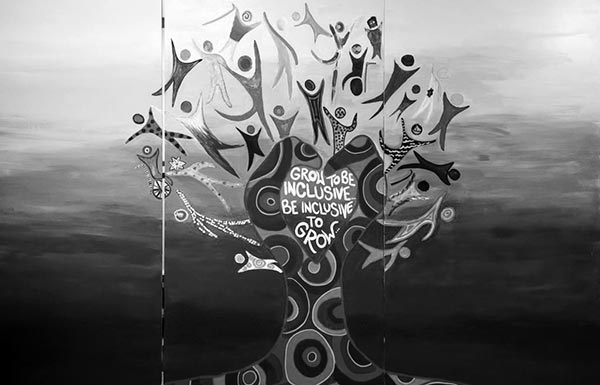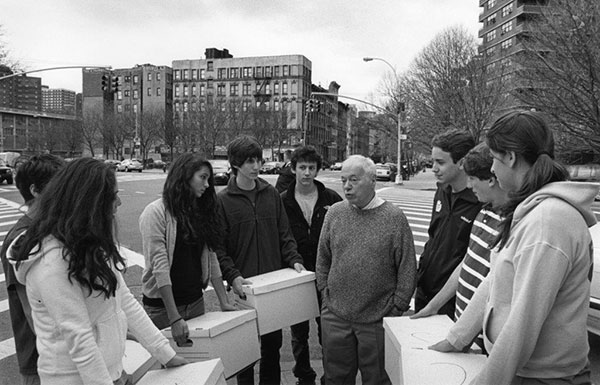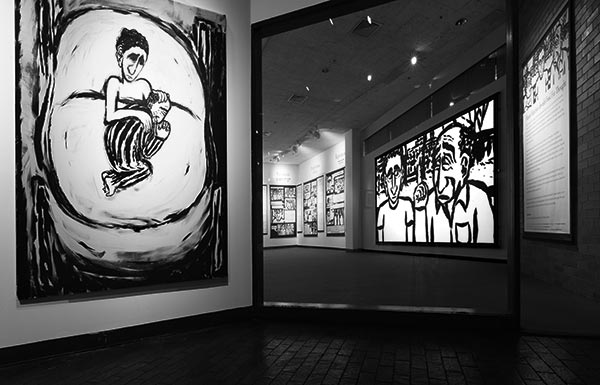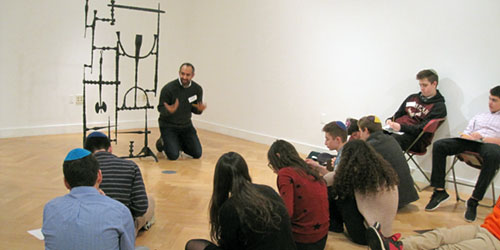
ARTICLE Encountering and Re-encountering: When Texts Meets Art
For many of us, growing up and studying Jewish texts--the torah, prophets, psalms and other writings--meant memorizing them, or at least, learning small parts by heart. Perhaps, you studied your bat mitzvah torah portion by playing and rewinding a cassette tape that your synagogue’s cantor prepared for you. Perhaps, if you attended a Jewish Day School, you had a blue machberetnotebook, the kind that opened from right to left, into which you painstakingly copied--with a number two pencil--verses from a mishnah tract you were learning in class. Perhaps, after taking notes and studying and memorizing, you took a multiple-choice exam. And perhaps, to this day, you remember little from that class, or that parsha, tractate or psalm.
While there’s inherent value in the traditional forms of studying texts, perhaps you also wish you had engaged with those sacred texts in a different way.
“When you look at something very closely, you gain an awareness,” explains Ilana Benson, Head of Education at the Yeshiva University Museum. “Students are used to reading Jewish texts in school and wondering what they’ll be asked to recall for a test,” she continues. “But when they step back and look at a piece of text with a fresh perspective, [especially] after looking at art, there’s a carry-over effect--an openness, no preconceptions. Whatever they notice matters, simply because they noticed it.”
It is this kind of “noticing” that drives “Re-Imagining Jewish Education through Art,” a Yeshiva University Museum initiative that uses the arts and critical inquiry--by adapting practices of the Lincoln Center Institute--to encourage students in Jewish schools to find new ways to think about and engage with Jewish texts--ways that go far beyond the machberet and the number two pencil.
Initially launched as a pilot program for the 2011 school year and funded by a 2012 Covenant Foundation Signature grant, “Re-Imagining” was conceived of and is directed by Gabriel Goldstein, an independent curator who worked at YUM for twenty years. Along with Ilana Benson, Goldstein is now envisioning how the program might be rolled out beyond the New York area. “We have two teachers from the Ida Crown School in Chicago who will be participating in our 2015 summer workshop, and we’re looking to replicate this model in a variety of settings,” Goldstein shared. “We want to take it on the road, and present the project across the country.”
Undoubtedly, students everywhere could benefit from the power inherent in entering into an experience with a sacred text. And while one might wonder if a non-traditional approach to encountering Jewish texts--asking students to write text messages to God before they study psalms, for example--makes students and educators working in traditional Jewish school environments slightly uncomfortable, that doesn’t seem to be the case at all. “We’re a team that’s committed to a traditional study of text, and the range of schools that we work with is very broad; non-denominational schools, single-sex schools, co-ed schools--all kinds of schools are looking to build text engagement in their classes and highlight the power of the text on all of its levels,” says Goldstein.
So what does this engagement look like? And how does this process occur? “The basic methodology of the Lincoln Center Institute is that before you encounter a work of art, you go through a creative process that mirrors or parallels one aspect of what went into making that art,” explains Ilana Benson. “Maybe you use the same medium, the same colors; you create something first, so that you can better understand how the artist created his work. When you employ this technique, there’s an inevitable “AHA!” moment. Suddenly, students are no longer coming at the art as outsiders. Now, they’re insiders, too.”
In an attempt to bring students “inside,” Benson described how one teacher involved in the project who was beginning a lesson on the prophet Jeremiah spent time asking her students to think about elements of the prophet’s humanity. Where was Jeremiah coming from? How might he have felt, bearing the burden of delivering messages of destruction to his people? Then, this teacher had students look at stones--turn them over in their hands, feel their weight, and think about how each of us is, in some way, like a stone. The students then discussed Jeremiah’s feelings of isolation and despondency, and took that experience to the text, undoubtedly facing it with a far broader perspective, perhaps even a compassion, that might not have been there before.
“There’s a gamut of experiences that one has when encountering an object,” offers Zachary Paul Levine, a curator at the Jewish Historical Society in Washington, D.C. who participated in a one-day LCI training for teachers and educators when he worked at YUM in 2012 and credits the experience with making him a better teacher. “In this very short time, just eight hours,” Levine says, I began to re-evaluate my approach to thinking about the use of objects as teaching tools. I became much more conscious of the perspective of visitors to a museum, of taking my voice out of their experience. I learned to hold back and not just discuss what a visitor saw, but also, what looking at art makes a visitor feel.”
But sometimes, deep familiarity breeds the opposite of feeling, and it takes a re-immersion in a text or prayer or experience, for one to see it’s meaning. To this end, one of the project’s teaching artists decided to ask students at all of the participating schools to reconsider the ashrei, a prayer that’s traditionally recited three times daily, and one that’s most often memorized, if only because of its alphabetical composition. “In this activity, before we examined the ashrei, we took words from the prayer and put them up on the walls all over the room,” Benson recalled. “Then we asked students to compose their own poem on the theme of “home,” using ten words or so from the prayer. What they came up with was staggeringly beautiful.”
It’s probably safe to assume that once those students returned to the ashrei prayer, either later that day, or the next morning during their school tefillah service, their experience of reciting it, changed. Maybe they thought of the lesson that day, or of their poem, or of art and the nature of praise-filled verse. Maybe they just stopped and thought, for a moment, about the great wide world, and their place in it. Whatever the connection, whatever the association, just like that, a student’s mind has been re-engaged, and hopefully, a student’s relationship with his religion, his culture and his people, strengthened anew.
By Adina Kay-Gross, for The Covenant Foundation


